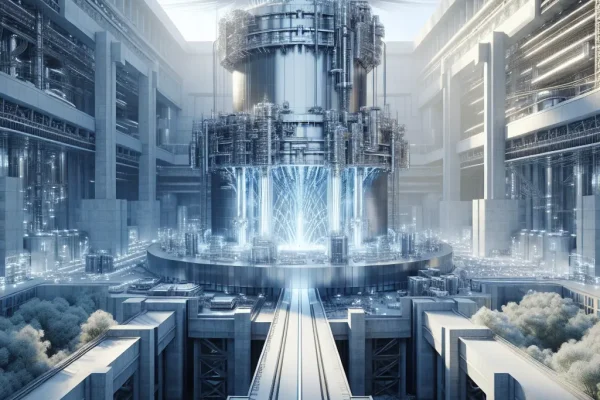The U.S. Power Grid: A Hidden Barrier to AI Dominance?
Recently, a group of AI experts returning from China expressed surprise and concern over the state of the U.S. power grid. They noted that while China has aggressively modernized its electrical infrastructure to support massive data centers and AI training facilities, the U.S. grid is grappling with vulnerabilities that could hamper its ability to keep pace in the global AI race.
Why does the condition of the power grid matter for AI development? Unlike many technologies, AI — especially large-scale models and training centers — requires enormous amounts of reliable, continuous electricity. This demand puts immense pressure on national electric grids. When the infrastructure is outdated or fragile, it risks blackouts, higher costs, or limits on expansion, all of which could slow innovation.
China’s Advantage: Modern Grids and Massive Data Centers
China’s government has taken a focused approach, investing billions in modernizing energy distribution to key technology hubs. In cities like Zhangjiakou and Guiyang, upgraded grids are paired with sprawling data centers optimized to handle the intense energy needs of AI training. These investments support:
- High-capacity power delivery that minimizes outages
- Integration of renewable energy sources to meet sustainability goals
- Smart grid technologies that optimize load balancing and efficiency
For China, this infrastructure push isn’t just about power. It’s about securing a long-term technological edge by enabling its AI ecosystems to scale rapidly without hitting energy bottlenecks.
The U.S. Grid: Aging, Fragmented, and Vulnerable
By contrast, much of the U.S. electric grid dates back decades and faces challenges such as aging hardware, fragmented regional control, and cyber vulnerabilities. According to the Department of Energy, average grid equipment lifespan often exceeds original design expectations, resulting in increased failure risks. This situation leads to:
- Frequent and prolonged outages in some regions
- Difficulty integrating renewable energy at scale
- Challenges in meeting spikes in demand from data-heavy industries
If you’ve ever experienced a blackout during a heatwave, you’ve seen the grid’s limitations firsthand.
Implications for AI Leadership and National Security
The AI race isn’t just academic; it has huge economic and even national security implications. AI models require reliable, energy-intensive computing environments. If the U.S. can’t guarantee power stability, companies might hesitate to expand data center operations here or invest in cutting-edge AI infrastructure.
This could slow the arrival of new innovations, giving competitors like China a broader head start. Moreover, during crises, a fragile grid leaves critical AI-enabled services vulnerable to disruptions.
Case Study: The 2021 Texas Power Crisis
Remember the 2021 winter storm in Texas that caused widespread blackouts? Power shortages forced many critical services offline and highlighted how climate stressors and infrastructure fragility converge. While Texas is unique in its grid setup, it symbolizes the broader problem across the U.S.
What’s Being Done to Fix It?
US policymakers and utility companies recognize these challenges. Recent initiatives focus on:
- Modernizing aging infrastructure with smart grid technology
- Boosting renewable energy integration
- Increasing grid resilience to climate extremes and cyber attacks
- Encouraging data centers to use on-site renewable energy and battery storage
However, these measures take time, and the global AI race is unforgivingly fast. There’s an urgent need for coordinated federal and private investment to ensure the grid supports future tech demands.
The Takeaway: Energy Infrastructure Is the AI Battlefield You Didn’t Expect
So where does this leave us? The strength of a nation’s AI initiatives depends not just on algorithms or talent, but on foundational infrastructure. The U.S. must address its energy grid weaknesses to maintain competitiveness.
Think of it like running a high-speed racecar on an old bumpy track. No matter how powerful the engine is, the ride limits performance. Upgrading the track—our power grid—is essential if we want to win.
For anyone interested in AI or tech policy, it’s worth paying attention to developments in energy infrastructure as much as breakthroughs in code.
Interested in learning more about AI infrastructure and energy challenges? Check out this detailed Fortune article that dove into the topic.


